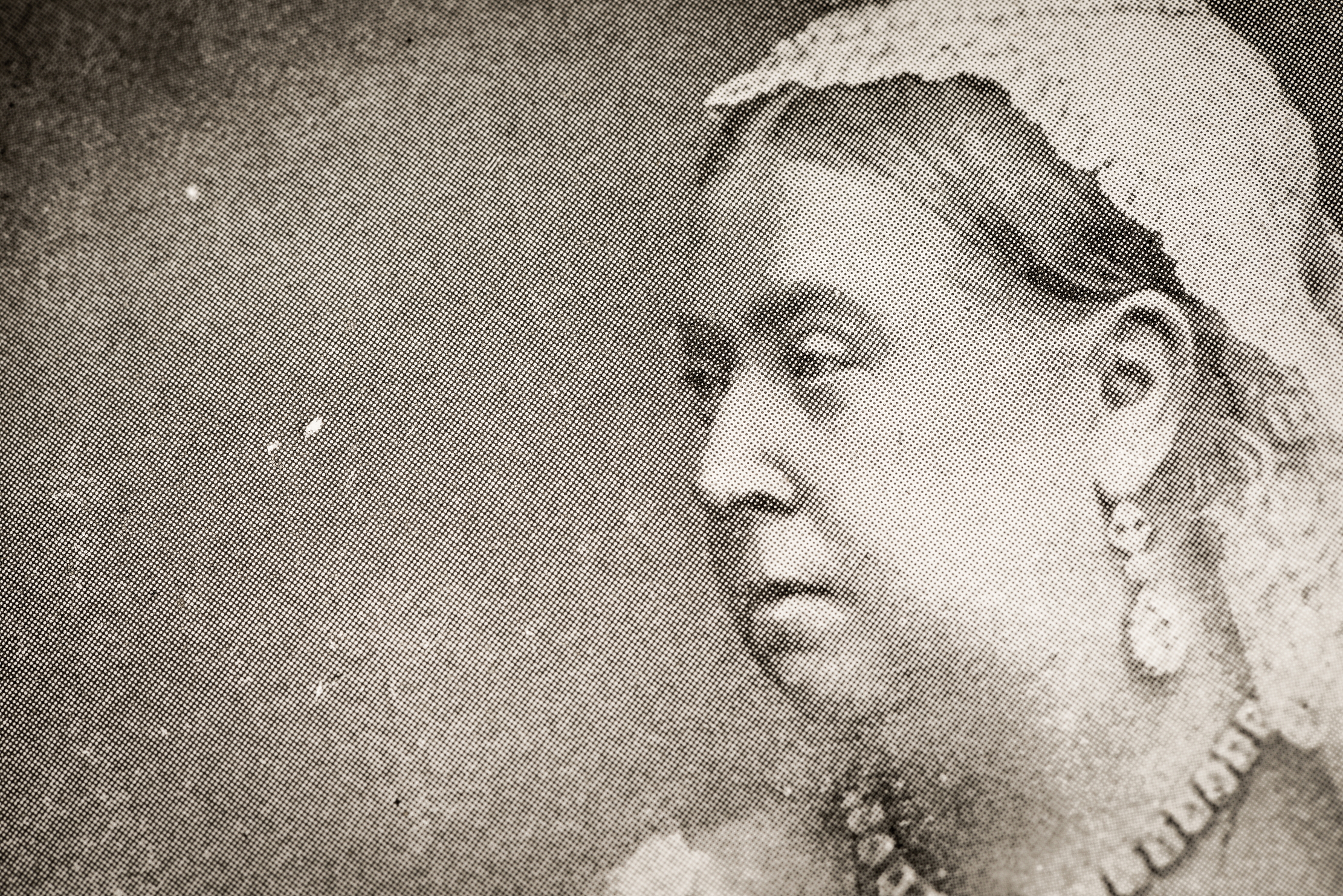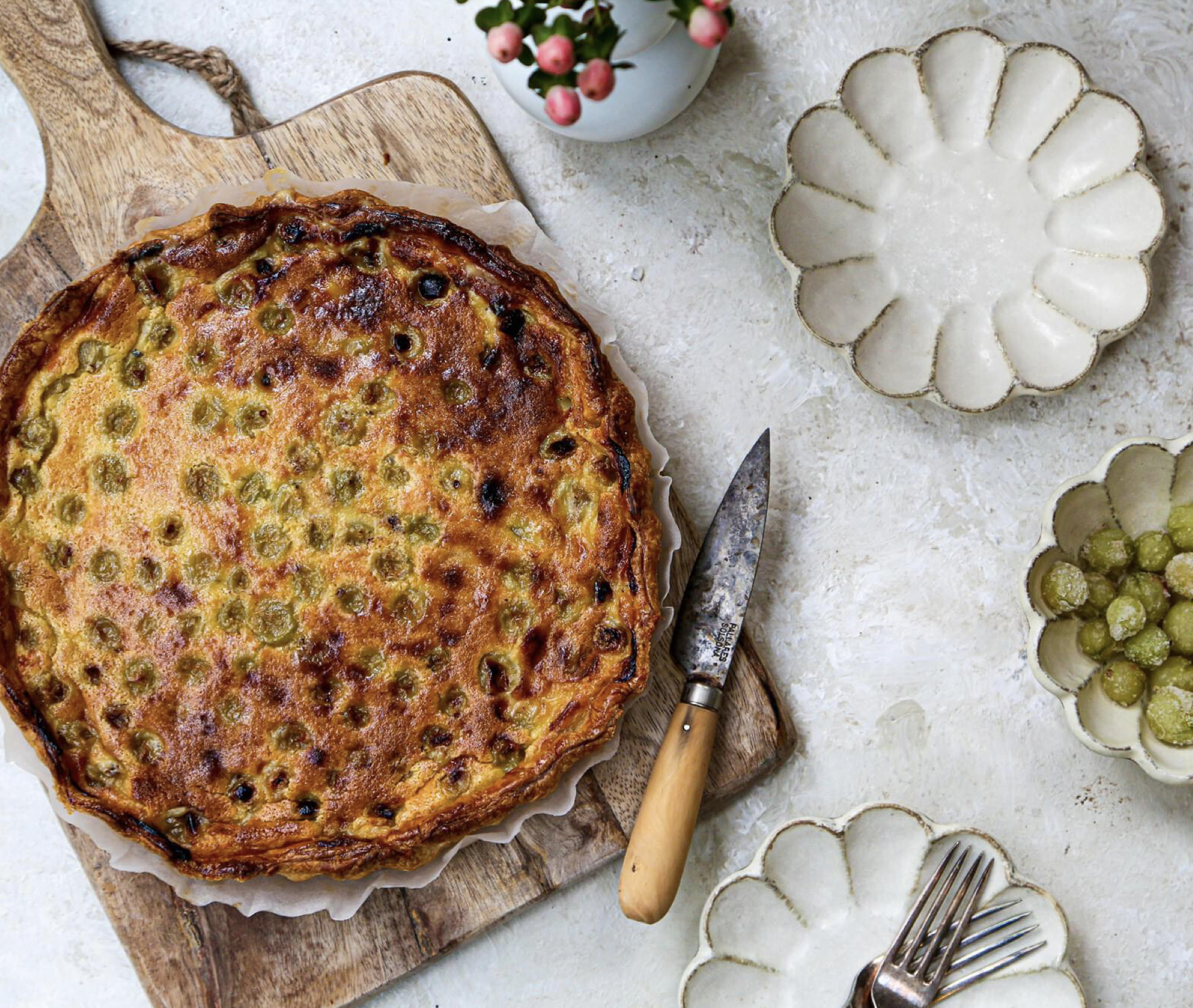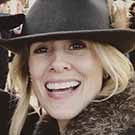Victoria sponge: The ultimate test of every baker and a favourite of the nation
Thanks to the Women's Institute and wartime rationing, this sweet spongecake is now the bedrock of tea-time treats.


Throughout our collective culinary and social history, there runs a thick seam of raspberry jam, sandwiched between two vanilla-scented sponge cakes. Afternoon tea would be unthinkable without it. ‘A real tea-time,’ noted Constance Spry in her cookbook of 1956, would consist of ‘one good plum cake, one light cake, perhaps of the sponge or sponge-sandwich variety… a hot dish of crumpets or buttered toast, anchovy toast or hot tea-cakes’.
Arguably, most of us would now drop the plum cake in favour of a showstopper (to use the term coined by The Great British Bake Off) of a Victoria sponge. Although it was named for the sweet-toothed Queen, sponge cake pre-dates her reign by centuries and has gone through several iterations to become the airy, comforting treat we know today.
As Nigella Lawson points out in How to Be a Domestic Goddess, recipes don’t, ‘like Aphrodite, spring fully formed from their author’s forehead’. The first known reference to sponge cake appears in a book of 1615, The English Huswife, by Gervase Markham. His recipe contains flour, sugar and eggs, but no butter; he advises beating the eggs for ‘very near an hour’ to leaven the cake.
'The simple ingredients [equal amounts of butter, sugar, flour and eggs] and method allow no hiding place for sloppy techniques or poor ingredients'
Yet, without butter and baking powder (for which we had to wait until the 1840s), the result would have been a flattish, biscuity affair. When Jane Austen wrote to her sister, Cassandra, in a letter of June 1808, ‘you know how interesting the purchase of a sponge-cake is to me,’ it was probably one of these biscuity concoctions she had in mind.
For the airy, buttery sponge cake we love and recognise today, we have Elizabeth, the egg- and yeast-intolerant wife of Alfred Bird (of custard fame) to thank. After creating his famous custard powder, thickened with cornflour rather than egg, he went on to create baking powder in 1843, to enable his wife to enjoy yeast-free bread. Baking powder doesn’t appear in the first mention of the Victoria sandwich, in Mrs Beeton’s Book of Household Management (1861), although most of us would dollop a teaspoon into the mixture today, in order to guarantee golden, risen sponges with a fine crumb.
Mrs Beeton’s Victoria sandwich also differed markedly in other ways from its modern equivalent. ‘She slices a square cake horizontally, spreads it with jam, cuts it into finger sandwiches and piles them up like Jenga — as opposed to the modern way of doing a big cake,’ explains food historian Annie Gray, author of The Greedy Queen: Eating with Victoria. As to whether the Queen ever sampled the cake named in her honour, Dr Gray thinks that, despite there being no proof (it doesn’t appear on any of Victoria’s menus), she ‘probably did, because she had a very sweet tooth and I’ve yet to find anything she was presented with that she didn’t eat’.

The sponge as the centrepiece of the tea table was a slow-burner. Think of the literature of the first half of the 20th century: the Famous Five yomp their way through heftier fruit cake or ginger cake; Bilbo Baggins feeds seed cake to his unexpected guests in the opening chapter of The Hobbit. Meanwhile, the Bright Young Things of Evelyn Waugh and Nancy Mitford’s novels favour shop-bought Fuller’s Walnut Cake.
Exquisite houses, the beauty of Nature, and how to get the most from your life, straight to your inbox.
Sponge became the ultimate teatime treat, thinks Dr Gray, due to its ‘deification’ by the Women’s Institute and others, particularly in the post-war period when there was ‘a vogue for sweetness, so a cake with sugar, eggs, jam and butter — all the things people couldn’t get for 14 years — was very appealing’.
As a competition cake, ‘it’s the ultimate test for bakers’, declares Mary Gwynn, author of The WI Cookbook: ‘The simple ingredients [equal amounts of butter, sugar, flour and eggs] and method allow no hiding place for sloppy techniques or poor ingredients.’ Sponge cakes, she adds, are also used to check how new ovens perform, so that manufacturers can check for any hotspots.
However, the WI continues to list margarine as an alternative to butter and even Mary Berry (until recently) advocated margarine, as did her predecessors Marguerite Patten and Spry. This is anathema to younger generations, aware of the evils of trans fats. ‘A lot of the over-sixties do still swear that it makes a better cake,’ reveals Dr Gray. It’s a hard ‘no’ from her — although she does concur with the WI that sponge cakes should be sandwiched with jam only, not buttercream. She also serves hers in the Beeton fashion — ‘which is impossible if you’re using cream; if you must use it, put it on the side’ — and buttercream ‘should go nowhere near it’.
Yet, for me, sponge cakes sandwiched with jam only feel a bit post-war, reminiscent of the meagre fare of Barbara Pym’s novels. One might as well use margarine. Having come of age reading Miss Lawson’s food writing, I’ve always baked her version, filled with jam, cream and whatever fruit is in season. Served on my great-grandmother’s pink-rimmed cake stand, it’s a suitably sumptuous treat when friends come to tea. If I’m going to have my cake and eat it — this is the one.

Curious Questions: What is mock turtle soup? And did it come before or after 'Alice in Wonderland'?
Martin Fone delves into the curious tale of an iconic Victorian delicacy: mock turtle soup.

Credit: Westend61 via Getty Images
The sacred, the profane, the chaste and the lascivious: The secrets of the best strawberries according to Tom Parker-Bowles
Sack off the chocolate and savour them pure and unblemished, save for a 'slick of cream and sprinkling of sugar'.

'The Swiss Army Knife of foods': Untangling the truth and lies around milk
Milk's reputation has seen plenty of ups and downs in recent years, but the farmer, chef and writer Matthew Evans

How to make gooseberry and ginger custard tart
Melanie Johnson shares her recipe.
